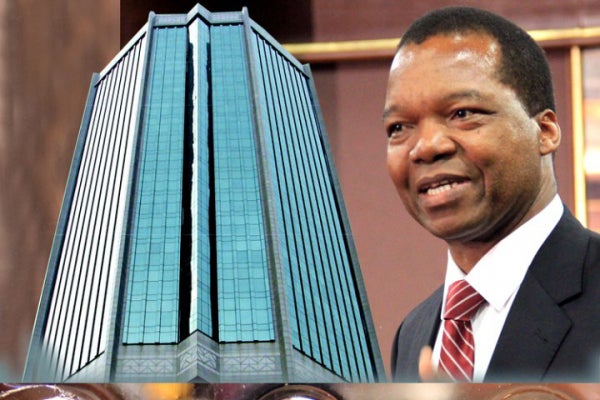Finance and Economic Development Minister Professor Mthuli was indeed serious when he said that the Treasury Bills issued in August were to “test the market”. A mere week after an auction for ZWL$100 million went undersubscribed the Reserve Bank is back with another ZWL$150 million worth of Treasury Bills. The offer commenced Wednesday 9 October and will close midday of the 10th of October. The bills, with a 365-day duration are said to be for financing “government projects”.
“Government projects”
At this point, it is anyone’s guess what government projects are. Since the first bold step of selling Treasury Bills for money that they didn’t need the government has come hard with regular auctions. Each time testing the length of the duration. Previously government-issued 92-day bills. If our government is indeed churning out the surpluses the minister boasted about a while back surely this behaviour is unnecessary. The worry is that government projects refer to the day to day financial obligations of the government. Last month saw a delay in pensioner payments that was attributed to working out an increment for their payments. While the payments were indeed made early in this month with a 300% increment the timing is questionable.
The trouble with Treasury bills
Treasury bills are not in any way bad. They are widely used public debt instruments the world over. However, in Zimbabwe, they have a dark history emanating from the years 2014 onward. While still under dollarisation the government decided to increase salaries and therefore its total expenditure without a corresponding increment in the tax base and therefore tax revenue. As the tax base shrunk the government chose to go the way of debt to maintain expenditures and treasury bills were the instruments of choice. Domestic debt ballooned from an estimated US$200 million in 2013 to an astonishing US$9 billion before balances were converted into RTGS dollar (now Zimbabwean dollar) which has subsequently list value. So our government is likely going down the path of debt again.
Again, nothing wrong with debt. However with a poor track record on debt repayment, a woeful policy towards much-needed infrastructure investment and the majority of government expenditure still going to wages there is little good that can be expected to come from this debt. And therein lies the problem. It is never debt that is the problem but the quality of it.
The problems continue to mount for the economy. In spite of the minister of Finances best efforts to tell people that things are getting better the evidence does not agree with him. No lasting solution has been proffered to any macroeconomic challenge that has hit the country. Even the much-heralded idea of producing is threatened by lack of power and substitutes. At a time when the Zimbabwean dollar has reached Rand parity on the official interbank market, we are unable to take advantage of the favourable weak currency argument. The continuous issuance of treasury bills does not augur well for the nation.








